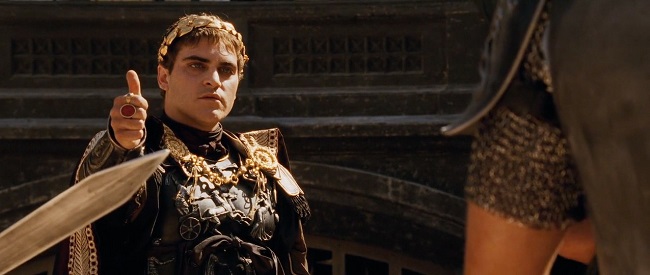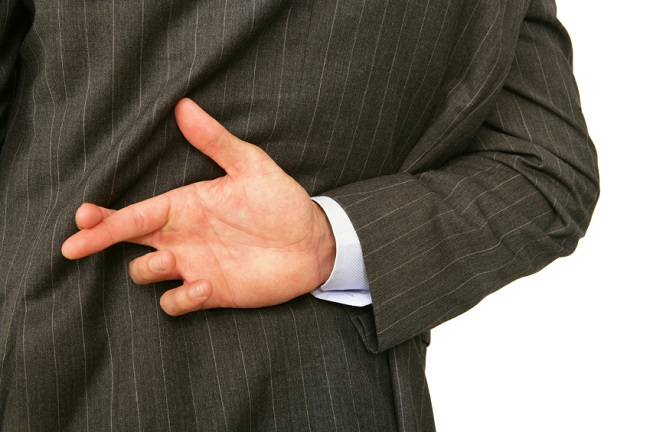8The salute
Advertisement
The salute has its origins in medieval France when Knights would greet each other by raising their visors. In the military, juniors would take off their headgear in the presence of superiors. But because of the cumbersome task of taking ones head gear off several times a day, as well as the heavy head gear of the 18th and 19th century, the act evolved to a shorter version of simply touching the head gear as a sign of respect and salutation.

Image Source: www.rd.com
9The thumbs-up sign
Advertisement
This actually dates back to Ancient Rome during the events in the circus namely the gladiator fights which would end in a gladiator’s life being spared or not. Contrary to what you believe and what you see in movies, the thumbs up sign did not mean the loser would be spared. It meant an approval of death and the thumbs down sign meant that the winner should lower his sword. Sparing the gladiator was signified by a closed fist instead with the thumb wrapped around it. Today the Thumbs up sign is widely used as a sign of approval or ‘everything’s ok’ or “checked”.

Image Source: www.italymagazine.com
10Crossing fingers
Advertisement
The hand gesture of keeping your fingers crossed for good luck originates to the pre Christian era when a cross was formed with two index fingers to make wish. It evolved into the crossing of two fingers of the same hand. The concept was a pagan belief that good spirits would live in symbols of crosses and by making such a symbol with the fingers would invoke the positivity and blessings of such spirits. The custom is now a secular one performed to keep bad luck at bay.

Image Source: www.skipprichard.com